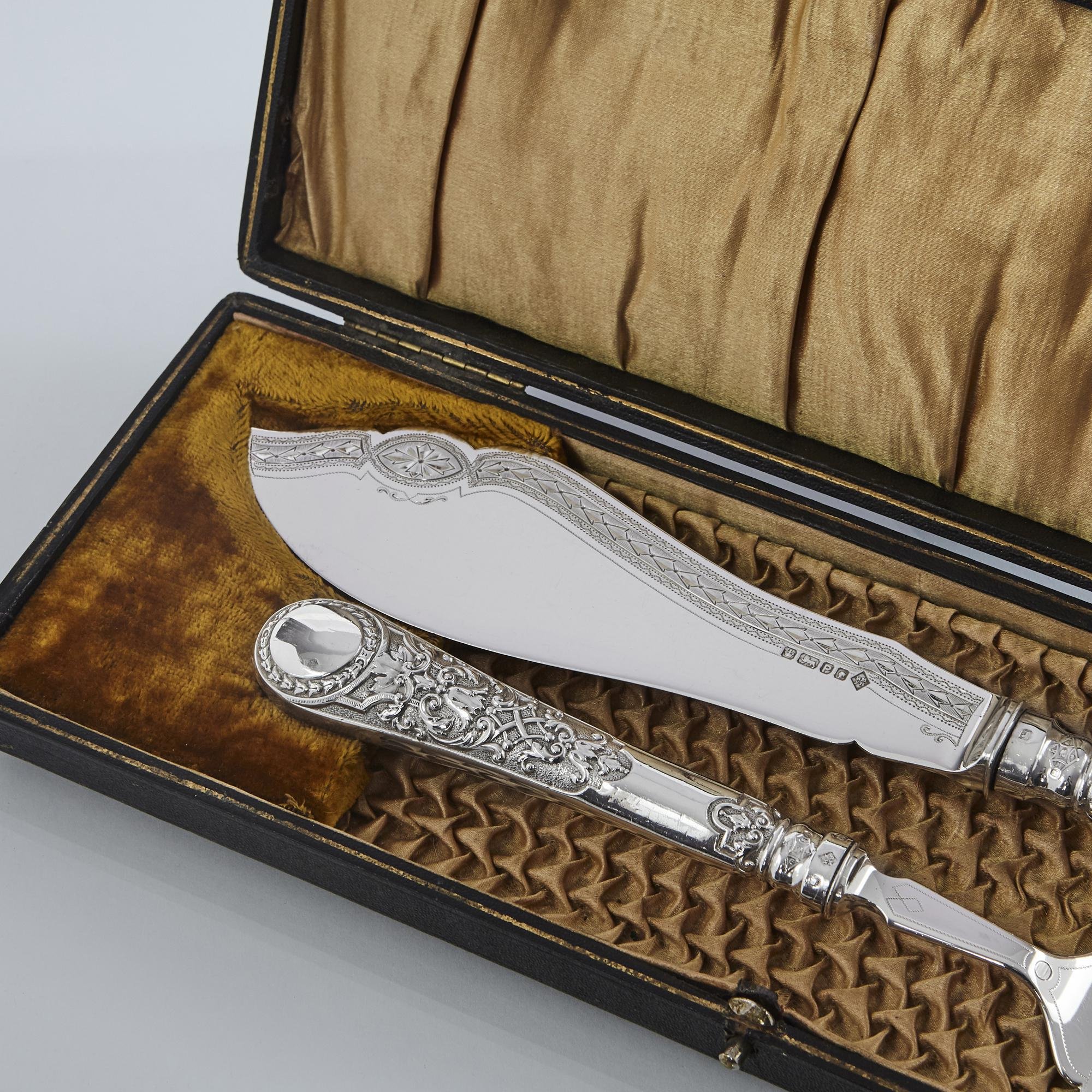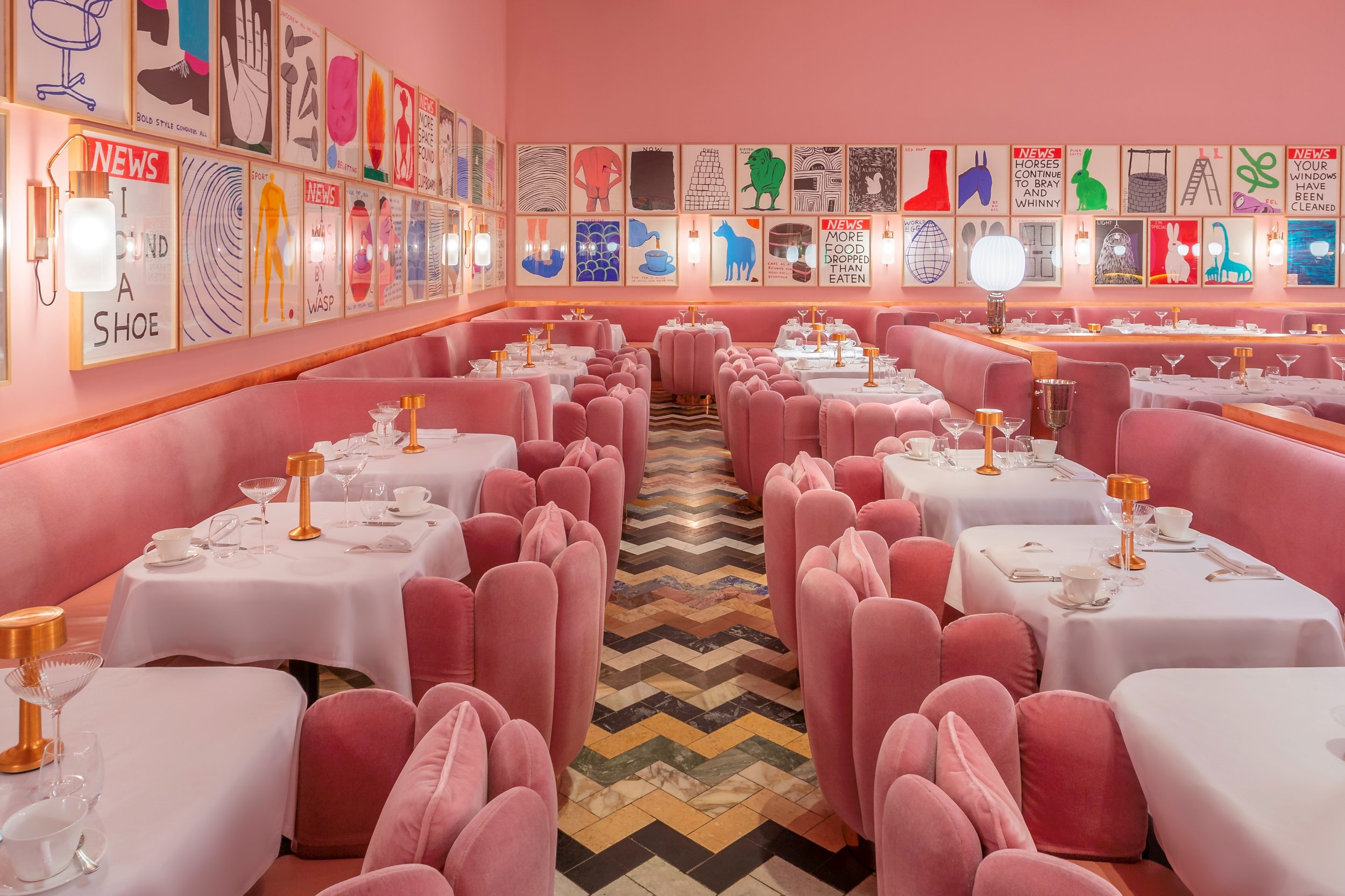Buying Time
3 September 2020
Railway clocks steam ahead in popularity.
Antonia Cundy
Antonia Cundy is a reporter at the Financial Times and writes freelance arts and culture articles.
Turret clock from Paddington Station.
How did you last tell the time? More likely than not, it wasn’t by looking at a clock. Perhaps instead you looked at a display on your phone, your laptop, radio, or oven. Or perhaps it was via one of the many other tech products in modern lives that strive to do more than one thing, if not everything — from a watch that’s also a phone, to a speaker that can turn on the lights.
But as this multi-purpose tech surrounds us more and more, some find that less is more. “A lot of the people I know who collect clocks and watches work in technology, and it’s the idea of something tangible, this primitive technology, that is what I think is the appeal,” says Rory McEvoy, a lecturer in horology — the study of time and the craft of clocks and watches — at Birmingham City university. “To have something that’s sole purpose is to keep time, one way or another, is quite attractive.”
No item fulfills this requirement more perfectly than the industrial clock — clocks made for train stations, factories, schools or other civic spaces. Raw and unalloyed, industrial clocks’ popularity has risen on the back of a trend for fake-iron and faux concrete in interior design.
Simon Turner, a railway clock specialist in the UK, says his client base has changed because of it. “I’ve been surprised in the last couple of years how many people are buying them who aren’t railway collectors, or who buy them as presents for other halves, because they’ve always fancied the romance of a proper mechanical railway clock,” he says. “I probably sell 20 each year without really pushing the sale.”
English Fusee Dial Clock.
Round dial railway clocks with aged wooden casings and brass trims, often with little adornment, sing in spartan modern interiors as much as they blend alongside antique brown furniture. “They’re very popular today because they fit into a house very well, but they’re traditionally from places like schools or banks, stations, any sort of civic building really,” says Paul Nunn, who runs his dealership, Olde Time, in Norfolk.
The only difficulty that Simon advises his customers on, he says, is size. “In a modern-ish house you’re not going to get away with a large one, so a 12-inch dial is probably as big as you’d want to go. We’ve got tall ceilings at home, so I can get away with a 14-inch.”
For collectors, the “railwayana” (artefacts and collectibles from railways) are also at an accessible price point, rarely pushing past £3,000, and the genuine British Rail stamping on the enamel face and back box can carry an emotional link — making certain clocks pricier than others.
“If I get a clock from the Southern line from London it’s not going to be worth as much as one from the South Coast, because people associate the South Coast with holidays more often,” Simon says. “The Isle of Wight line would be a prime one, anything off the old Somerset and Dorset railway too.”
For many, the rich wood of a railway clock’s surround belies their industrial and purpose-built past. “A lot of people would rather think they were not industrial clocks, that they were made for the home, but really a lot of these clocks were made for council buildings, banks, schools, stations, etc.,” says Paul.
But for those who want to replicate a modern industrial aesthetic, the metal case and sometimes visible interiors of old factory clocks are what the burgeoning style attempts to mimic.
“It’s interesting when you talk about industrial clocks, because there’s more of a demand now for 20th century clockwork, things that maybe 20 years ago people were probably pulling off skips,” says Rory.
The clocks hit the skips in the 70s and the 80s, when factories and offices with electrical time systems — where a master clock would be wired to a number of “slave dials” throughout the building that copied its time from electrical pulses — were replaced with modern technology. “A lot of them have quite a stark look to them and that very much fits into current fashions, and it’s quite easy to fit the slave dial with a mechanism to run it,” Rory explains.
French Ormolu Chariot Clock c.1870
Some master clocks also have their innards on show, which fascinates those interested in timekeeping. “These clocks being working clocks, it was all about functionality,” says Rory. “Having the mechanism shielded by a glass door allowed the technician to look in and check everything was working without disturbing it.” While the functional benefit has now been usurped by modern aesthetic appeal, anyone at the time who took a clock like that into their home would be regarded as “seriously eccentric”, he says.
But while investors in watches and clocks escape capital gains tax because the pieces' mechanisms make them depreciable, the real value in an antique industrial clock is the quality of its production.
“The english clocks that were made for industry in the 18th century were so well made, so over-engineered almost,” says Paul Nunn. “They were so powerful, so robust, they used the highest quality materials — they really made them as though they were bulletproof. We see industry wall clocks that haven’t been serviced in 80 to 100 years and they’re still chugging away,” he concludes, happily.







